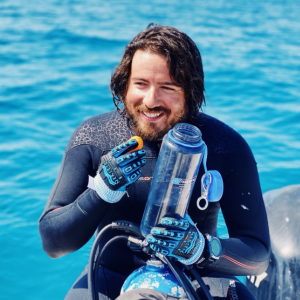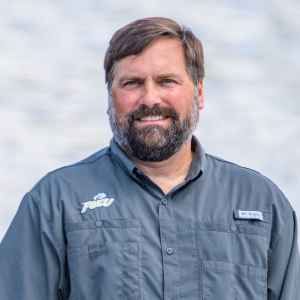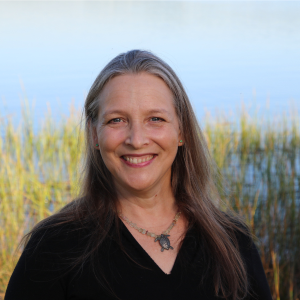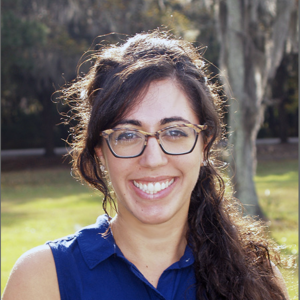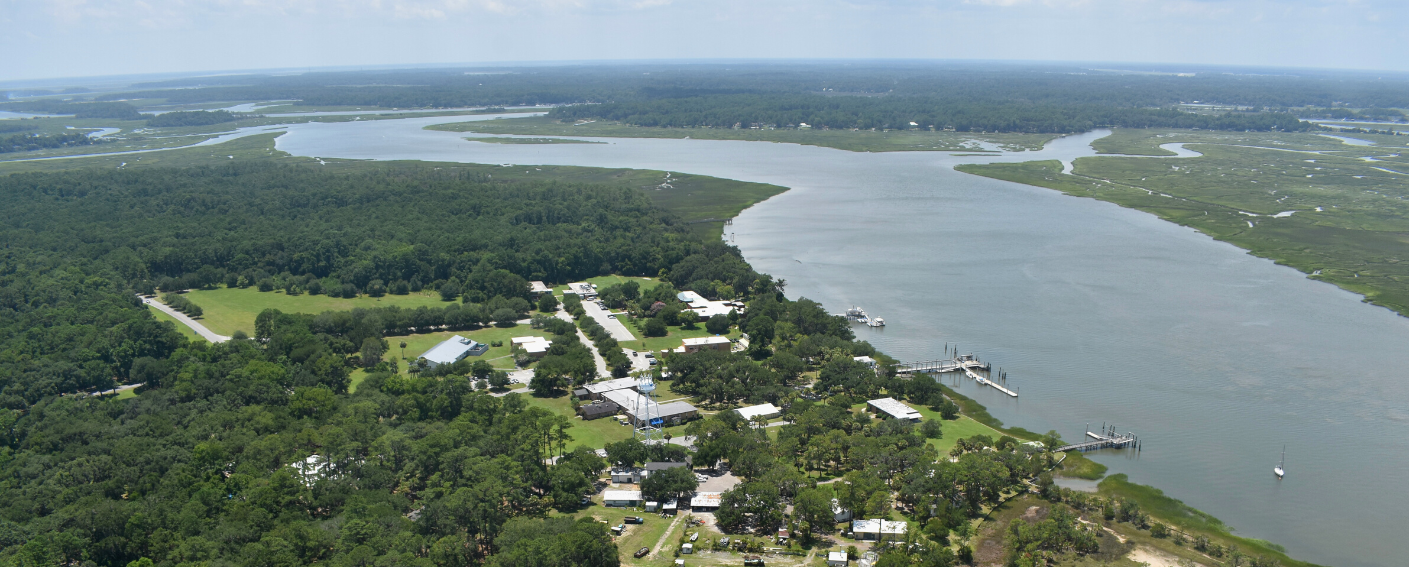
SECOORA is excited to announce the two winners of the SECOORA 2022 Harmful Algal Bloom (HAB) Request for Proposals:
- Dr. Michael Parsons, Florida Gulf Coast University, for the proposal Expansion of the Estero Bay HAB Water Quality Monitoring Network
- Dr. Natalie Cohen, University of Georgia Skidaway Institute of Oceanography, for the proposal Establishing a Monitoring Program and Identifying Environmental Drivers of Periodic HABs in a Model Estuary of Coastal Georgia
Dr. Parsons’ project will deploy two new water quality monitoring sensors to collect data on HAB events in Estero Bay, FL. Estero Bay is located in southwest Florida, near Captiva Island, and the region is subject to Karenia brevis blooms. Dr. Cohen will establish a HAB monitoring and research program to track the formation and fate of periodic HAB events in coastal Georgia.
Learn about their projects below.
Expansion of the Estero Bay HAB Water Quality Monitoring Network
“The new water quality sensors will expand our water quality network both spatially and temporally, providing better monitoring coverage for harmful algal blooms (red tide) in the region. As a result, we will have better early detection capabilities and more data to examine relationships between harmful algal blooms and water quality.” – Dr. Michael Parsons, Florida Gulf Coast University
Southwest Florida is a known hotspot for HABs, specifically cyanobacteria and red tide (Karenia brevis). Through SECOORA support, Dr. Michael Parsons and his team at Florida Gulf Coast University (FGCU) are expanding their water quality monitoring network in Estero Bay by deploying two water quality sensors (YSI EXO2 multiparameter sondes) on small buoys during HAB events.
The team will use a rapid response approach and place the buoys within the bloom, allowing them to track blooms as they move around Estero Bay and the coastline. The water quality sensors will collect data every 10 minutes on water temperature, salinity, pH, turbidity, chlorophyll, dissolved oxygen, fluorescent dissolved organic matter, phycoerythrin, and oxidative-reduction potential. These data are vital in helping researchers understand the conditions in which HABs thrive and help them track the movement of the bloom.
The funding will also support Adam Catasus, a graduate student, who will analyze the data collected by the water quality sensors. The water quality data will help ground-truth acute events such as sediment run-off and identify the source of chlorophyll spikes. High sediment runoff can trigger HABs and monitoring chlorophyll spikes can help identify when the HAB is occurring. All of the data collected will be accessible and live-streamed on the FGCU Vester website and eventually on SECOORA’s Data Portal.
Establishing a Monitoring Program and Identifying Environmental Drivers of Periodic HABs in a Model Estuary of Coastal Georgia
“SECOORA funding will initiate a high resolution HAB sampling effort in coastal Georgia and enable us to determine when HABs are most likely to occur.”- Dr. Natalie Cohen, University of Georgia Skidaway Institute of Oceanography
Coastal HAB monitoring in the state of Georgia has lagged behind neighboring states. HAB events, while infrequent, have occurred in Georgia and have the potential to close important fisheries. It is anticipated that GA will see an increase in future HABs due to growing population and development along the coastline.
Dr. Natalie Cohen, University of Georgia Skidaway Institute of Oceanography, and Katie Higgins, University of Georgia Marine Extension & Georgia Sea Grant, are developing a coastal Georgia HAB monitoring and research program, building upon NOAA’s existing citizen-science Phytoplankton Monitoring Network. The team will document the relationship between cell densities of HAB species and water quality parameters in the Skidaway River Estuary. The Skidaway River Estuary is a model coastal estuary in Georgia that is experiencing eutrophication. This process occurs when the environment becomes enriched with nutrients, which can increase the amount of plant and algae growth in estuaries and coastal waters (NOAA NOS).
The goal is to gain an understanding of the conditions that are conducive to HAB formation in Georgia estuaries. To do this, the team will combine cell identification, water quality screening (e.g., water temperature, salinity, dissolved oxygen, and dissolved nutrients), and genomic sequencing to characterize estuarine conditions. The monitoring program is the first step towards establishing a regional notification network to communicate with local residents and aquaculture organizations in coastal Georgia about HABs.
Related news

Plankton Perfect: Using Imagery to Document Microscopic Marine Life
Dr. Enrique Montes is working to understand how plankton respond to changes in the ocean by capturing high resolution imagery with advanced technology. This work is funded by the NOAA Marine Biodiversity Observation Network (MBON) to use novel techniques like the Continuous Particle Imaging and Classification System (CPICS).

SECOORA Community Spotlight: Craig Harris
When Craig Harris signed on as the Emergency Management and Resiliency Coordinator for the city of Wilmington, North Carolina, he brought with him knowledge of water level sensors. SECOORA worked with Craig to install a water level sensor at the Love Grove Bridge in Wilmington, a site prone to flooding.

Now Hiring: Director of Communications and External Affairs
SECOORA is seeking to fill the full-time role of Director of Communications and External Affairs. This role will serve as the organization’s strategic lead for engagement, communication, and external relations.
